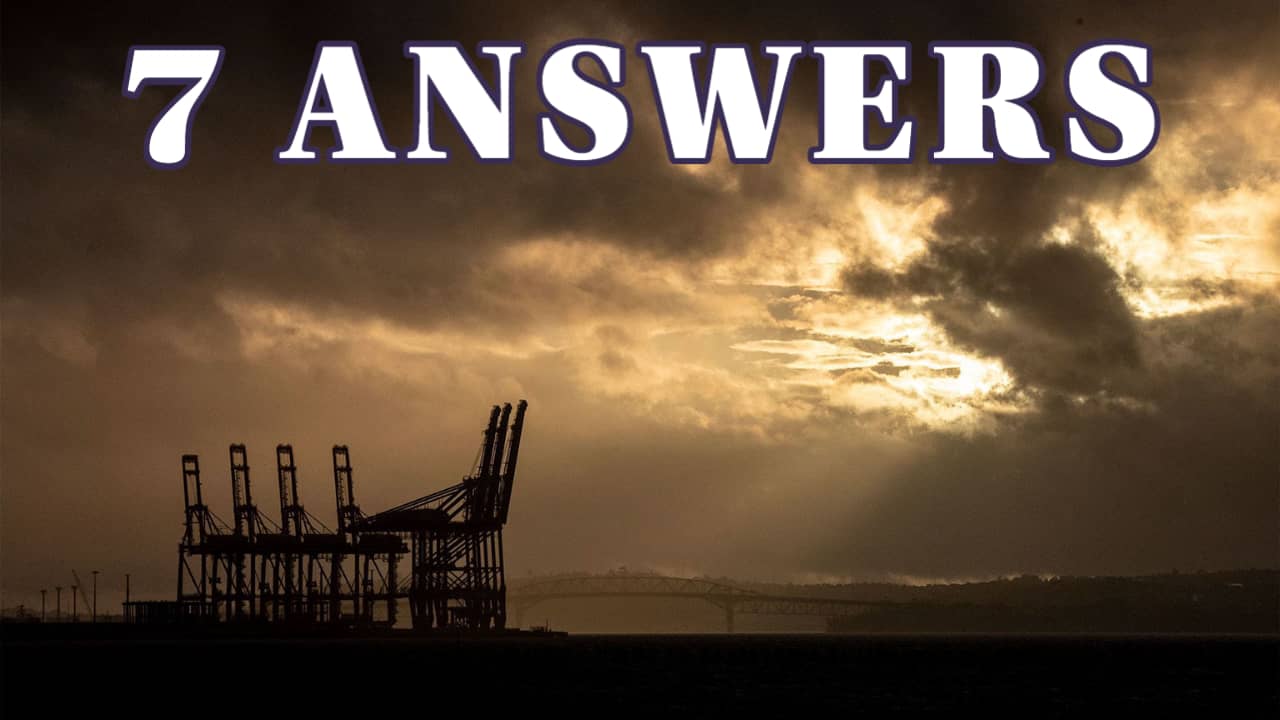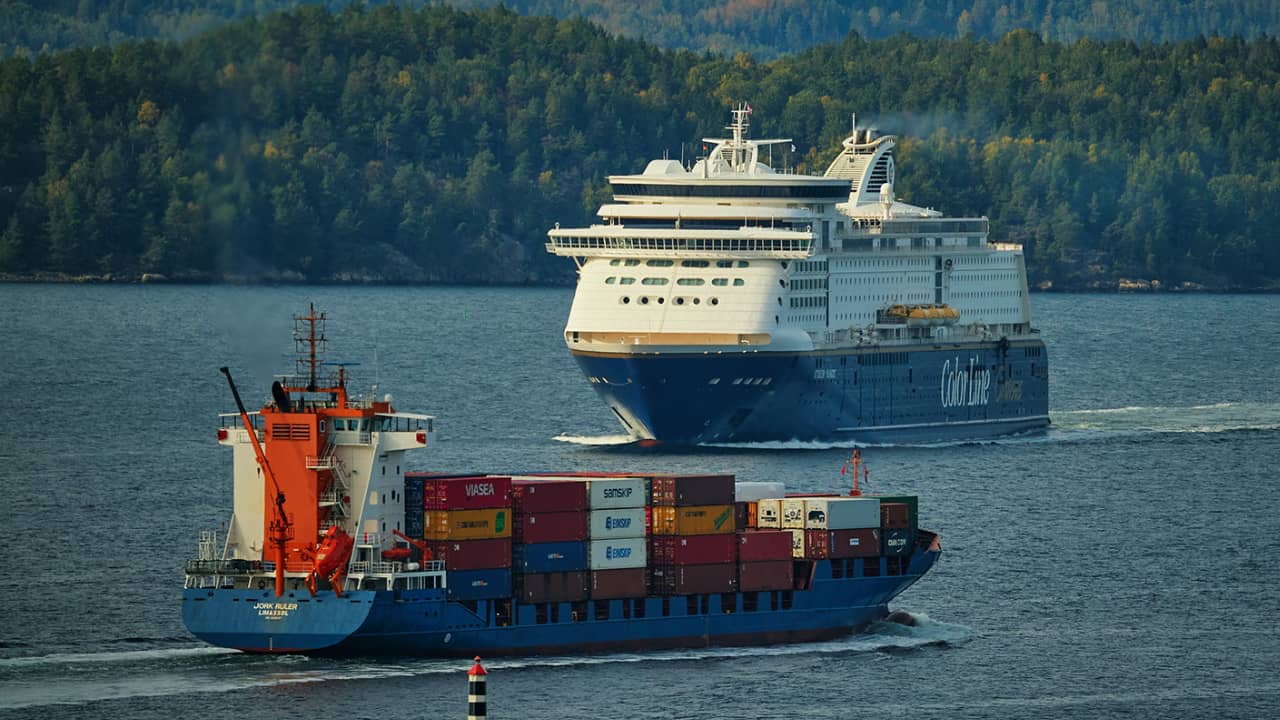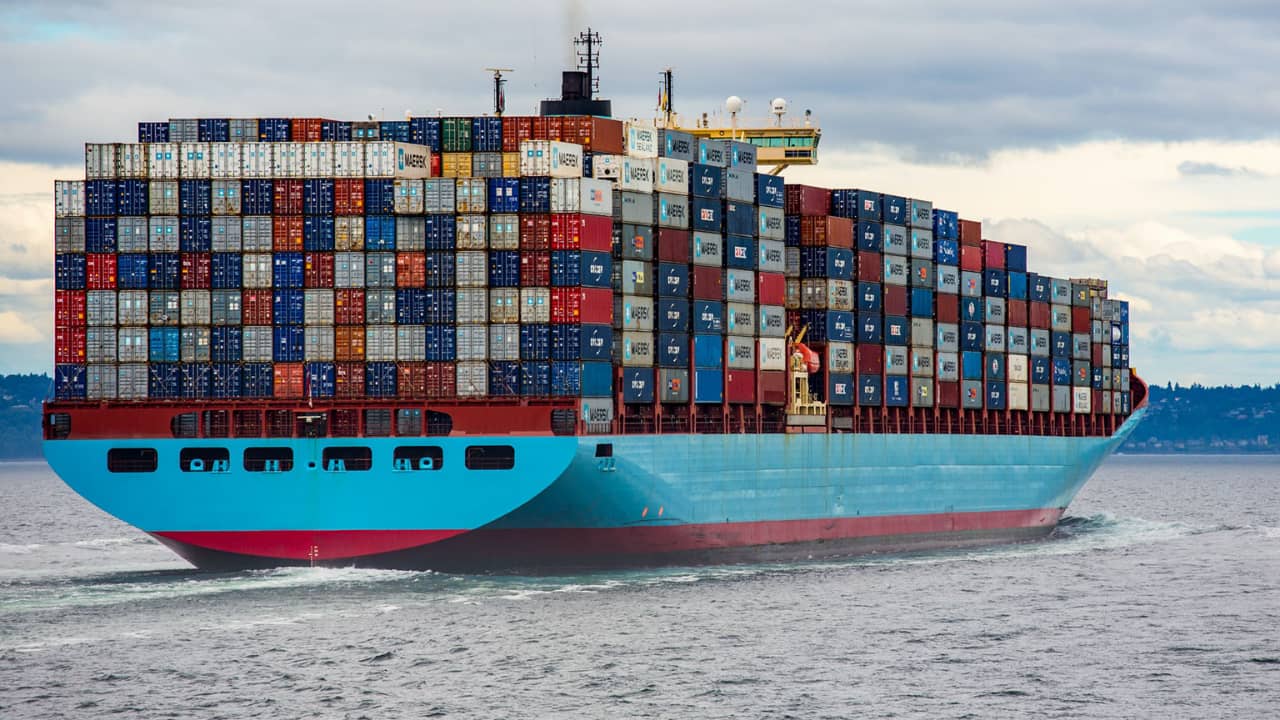
What You Need to Know About Ports of Auckland Congestion
6-minute read
The number of questions asked about congestion at the Ports of Auckland left me in no doubt that people are searching to understand the problems faced generally by the port, shipping lines and the transport industry.
Then there’s the overall burning question – when will the supply chain get back to normal?
I covered the main issues such as labour shortages and congestion surcharges, but will endeavour now to answer further questions I’ve been asked and shed some light on the background.
1) “the Automation Project Isn’t Working”
It’s too early to say that. It isn’t implemented yet. It got delayed mainly because of COVID-19 working restrictions and because overseas technicians couldn’t arrive in NZ due to our border restrictions.
We’ll only know if automation works when it is fully operational, which I’m guessing will be around April 2021.
Even then, there may be teething problems in its first couple of months so I’d hold back judgement on its efficacy.
2) “Stopping the Automation Would Solve the Current Backlog”
I can’t see how that would speed productivity in the manual half of Fergusson, and it would stop progress in the automated half, meaning it would be even longer before automation would be introduced.
Given that automation is one of the main drivers of future productivity, the faster it is introduced, the better.
3) “If They Had Kept Bledisloe as a Container Operation, it Could Have Solved the Problem”

I doubt it. Bledisloe was needed for the rapid growth in general cargo, cars etc. It was too small to handle the larger ships calling at Fergusson and its cranes dated from the 1990s.
I’m guessing PoAL (Ports of Auckland) calculated that the new northern berth at Fergusson plus automation would have more than compensated for Bledisloe’s removal from the container scene by now.
That hasn’t happened yet but nonetheless, if a labour shortage is the problem, and you don’t have enough to properly man Fergusson, how would you man both Fergusson and Bledisloe currently?
4) Who Has to Pay For It
Next, a question that two readers asked, in slightly different form. This from a major importer and distributor:
“Since the congestion issues are being caused by the ports, why are the congestion charges being levied on customers, not being paid for by the ports . . . It seems the only ones not hurting out of all this are the ports”.
And this from a freight management company executive: “Do you know why shipping lines are charging importers a congestion surcharge and not PoAL? I assume there is no contractual obligation for PoAL to perform?”
Ports are not usually under any contractual obligations to a shipping line and therefore are not penalised for non-performance. However, that doesn’t mean ports get an easy ride with carriers. It works both ways.
The other side of the coin is that lines are under no contractual obligations to the ports either, and their actions frequently cause financial loss to the ports.
At times, carriers will change their schedules and may drop a port for the long-term.
That’s the carrier’s prerogative because they call if they want to and don’t call if they want to.
If they omit a port call, they suffer no penalty, whereas the port loses the revenue entirely from the ship call and the cargo.
The only major contract I know of between a port, a shipper and a line is Port of Tauranga’s, who have a volume deal with Kotahi, while Kotahi has a separate but related volume deal with Maersk.
I’m not privy as to whether those contracts contain penalties for non-performance but that deal is not the norm for ports in general.
Congestion surcharges are being paid by importers because many lines have bypassed Auckland and gone elsewhere.
Carriers are facing additional costs getting containers back to Auckland importers, when that cargo has been landed further afield.
That doesn’t ease the pain for importers however, who are facing not only congestion surcharges but peak season surcharges and general rate increases too.
The importer and distributor mentioned above told me that a container from North Asia that normally cost him US$600 had recently cost US$6500 . . . plus the $450 surcharge!

5) “is There a Contractual Obligation If a Carrier Has a Berthing Window Agreed With a Port?”
My answer would be there is usually no financial commitment involved. Having an agreed window helps both port and carrier to plan resources, allocate labour, fix schedules and capacity.
It is based on the time that the service can allocate to a port call, the expected maximum number of container moves and what productivity can be achieved at that time.
The port’s productivity performance will dictate the exchange size or the length of the berth time to fit the carrier’s schedule.
Typically a port will lock in a window and protect it for that carrier’s service. Where ports have struck huge problems in recent months is that the majority of ships have been off window.
Schedule volatility has been dreadful.
Not only does that upset the planning and calculations, it leads to bunching of ship calls when several vessels turn up at once.
A port may be forced to cap or limit container exchanges, in a bid to handle the bunch of ships.
That has the flow-on effects of cargo being rolled, yard congestion increasing, and further pressure on terminal productivity.
6) “why Are Domestic Services Being Compromised by Problems in Auckland?”
There are normally six vessels a week moving between Auckland and Lyttelton, on which to book freight. Last week, they had only one – Pacifica’s weekly service.
That’s because international carriers had bypassed Auckland or changed their port rotations, leaving the Auckland-Lyttelton run bare of options.
The same interview shone light on how international carriers are suffering.
It is costing them dearly in more ways than missed port calls.
Local Maersk executive My Therese Blank said that with ship delays at Auckland up to 12 days, congestion and backlog in the supply chain mean that cargo delivery is as much as four weeks late.
Lines are having to pay more in fuel costs by steaming faster to catch up schedule; they have restricted cargo exchanges; they are having to organise cargo transfers between services; pay for inland transportation; and are getting much lower productivity from turnaround of containers.
A ship sitting at anchor for 12 days takes thousands of containers out of circulation. Those are containers which can’t get to importers and therefore can’t be supplied as empties to exporters. Which leads to the shortage of boxes we are now feeling.
New Zealand’s situation may be bad but we aren’t alone in suffering these problems.
At the time of writing, the UK’s container port hubs were congested and vessel diversions meant much UK cargo had been discharged at Rotterdam, Antwerp and Zeebrugge, and will struggle to reach Christmas markets.
This comment from a forwarder at Felixstowe will have resonance here:
“It’s a total mess and I fully understand the angry reaction from importers. It is so difficult for us to explain to a customer that only four of ten containers came off a ship and we cannot confirm when the balance of the shipment will arrive in the UK.”
7) “When Will This Situation Correct?”
My guess is March or April 2020. Three things will combine – the skipped port calls will relieve pressure at Auckland, the Christmas peak will ease (albeit late) and then the automation will finally be implemented.
In the meantime, Santa might be missing some goods from his sleigh, when he delivers his Christmas parcels.
Source: Dave MacIntyre, NZ SHIPPING GAZETTE
P.S. Easy Freight Ltd helps New Zealand importers & exporters to save money on international freight and reduce mistakes by guiding how to comply with Customs and biosecurity rules.
➔ Contact us now to learn how we can assist you.
